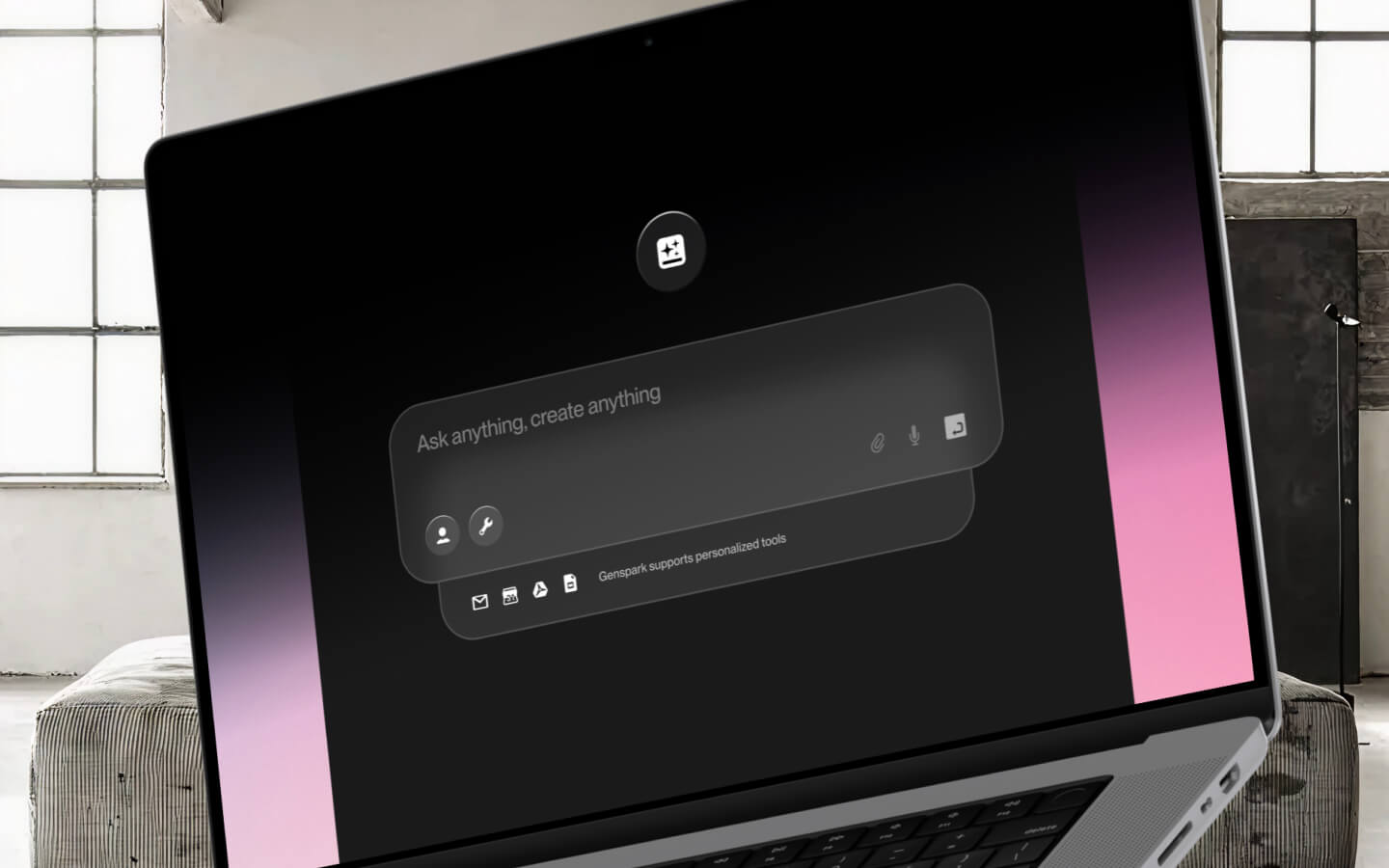From the outside, Peter Gassner seems like a natural CEO. After starting his career as a top executive at software giants such as IBM and Salesforce, he went on to found Veeva Systems, the pioneering cloud software platform for the medical and life sciences industry. With Peter as CEO, Veeva has achieved incredible success: One of a handful of SaaS companies to break through $1 Billion in revenue, more than 3,000 employees, and a publicly-traded stock that has more than quintupled in value in the past three years, to a market cap of more than $20 billion -- and all this from only $3 million of capital used.
But for Peter, being a CEO was never the plan. And it was only after he let go of the stereotypes of how a CEO “should” be, Peter realized it was something he could do -- and do very well.
Emergence has been a proud investor in Veeva since its inception, and I have been honored to be able to watch and support Peter on this journey. When our team was planning content for our Summit, we knew immediately that he had a unique perspective on his role and could help other entrepreneurs carve out their own path to CEO.
Read on for highlights for the top five takeaways from the conversation and watch the full session below.
1. Define what CEO means to you
As a kid, Peter did not know what a CEO was. His father was a small business owner, so he did grow up thinking one day he might run a business, but he had no exposure to bigger companies with more stratified management structures.
Once Peter entered the corporate world as a young adult, he finally understood what exactly being a Chief Executive Officer entailed, and he was convinced it wasn’t for him. “I worked at other software companies and saw what their CEOs did. I thought, ‘That's not me. I can't do that. I don't want to do that.’” Peter said.
However, as he started Veeva he naturally became the CEO -- but only because he figured it would be a temporary role.
“Most startups fail. I actually thought failure was the most likely outcome for Veeva, only because those are the odds,” he said. “And then I thought, in the beginning, CEOs just function like the head of product, and I can do that. So if Veeva succeeds, we'll get someone else to take over as CEO, and I'll be the head of product.”
2. Ignore the “shoulds”
Veeva most certainly did not fail. And as time went on, Peter surprised himself by becoming more comfortable in the chief executive role -- and realized that he could be, not only a good CEO, but a great one. He just had to let go of his preconceptions of what a CEO “should” do, and focus on his personal strengths.
“What I really didn’t realize before was that as CEO, you can make the job -- and you should make the job,” Peter said.
So what does that look like? Peter started by outlining the stereotypical CEO things he doesn’t do. Here are a few:
- Travel Less. “I spend about 20% or less of my time traveling, which is far below the standard for CEOs,” he said. Instead, send others that you trust and are suitable for the job, or find tools to help you participate remotely.
- Don’t say yes to every event, dinner or meeting. Some CEOs feel that schmoozing with the industry is part of their job, but it doesn’t have to be. “I don’t do a lot of events and dinners,” Peter said. He is very thoughtful about what he attends and reserves his time and energy for only high-value and big-impact events.
3. Save energy for your strengths
Saying no to these things means that Peter isn’t constantly drained by tasks that aren’t a good fit for him. Consequently, he has more energy to put toward projects that fit his strengths. In addition to performing various operational duties, Peter says there are two things in particular he always says yes to, and “holds sacred”:
- Culture. “I focus on Veeva’s culture and values because I believe deeply in that. And I'm good at that.”
- Vision. “I focus on deciding what markets should we go into because I feel like I have good intuition on where to go next,” Peter said.
Peter says that working this way has enabled him to be a happier person at work -- which in turn, makes for a healthier company. “If you think about being happy for yourself overall, you'll find that you contribute more. The more you contribute, the better you'll feel. If you focus where you can contribute the most for your companies, you'll do all right,” he said. “If you focus on what you think other people want you to do, or what you ‘should’ be doing, then that's a way to get frustrated.”
4. The 30-70% rule
Peter has made a number of moves that others might see as risky. Starting a tech business in the high stakes life sciences space was a big risk in itself, for starters. But it’s important not to mistake risks with recklessness: He thinks about risk in a very deliberate way.
“I think mathematically. So I think about risks that way as well.”
Peter also has a very specific balance he looks to strike about when he looks at risks and rewards. “I like decisions that have either a 30% chance of success, or a 70% chance of success.”
Perhaps contradiction to many, Peter doesn’t like options that seem like they have a 90% chance of success. “I don’t think they actually exist. That’s too much certainty, and usually you won’t get much reward from those kinds of things,” he said. “On the other hand, I can’t get too emotionally invested in things that have just a 10% chance of success -- that just seems more like gambling, right? So I actively seek out a mix of these 30 percenters and 70 percenters.”
5. Hone your intuition
Peter notes intuition isn’t something that just comes through luck, however. He says that any CEO can develop good intuition if they pay enough attention -- and do enough work. “Activity creates intuition. If you want to prepare yourself for having good intuition as a CEO, you’ve got to be actively involved: Talking to customers, talking to employees, trying things out. You’ve got to get into the weeds.”
When making decisions, Peter said he uses a mix of gut instinct and practical checklists. He starts by listening to his intuition, then checks it by making a balance sheet of pros and cons. If it stacks up, he continues mapping out the next 90 days with concrete steps. If anything questions his intuition, then he puts a stop on the operation and waits until he gets another intuition, and then starts the process over again by mapping out his plan.
He believes if honed correctly, intuition can be the secret weapon that sets a company apart from its competitors who make purely data-driven decisions. “Anybody can try to make a decision by looking at a data sheet and adding up the numbers. There’s no arbitrage in that. But if you actually have a correct intuition, that's a super valuable thing. So don't be afraid of your intuition. It's the most valuable thing.”


